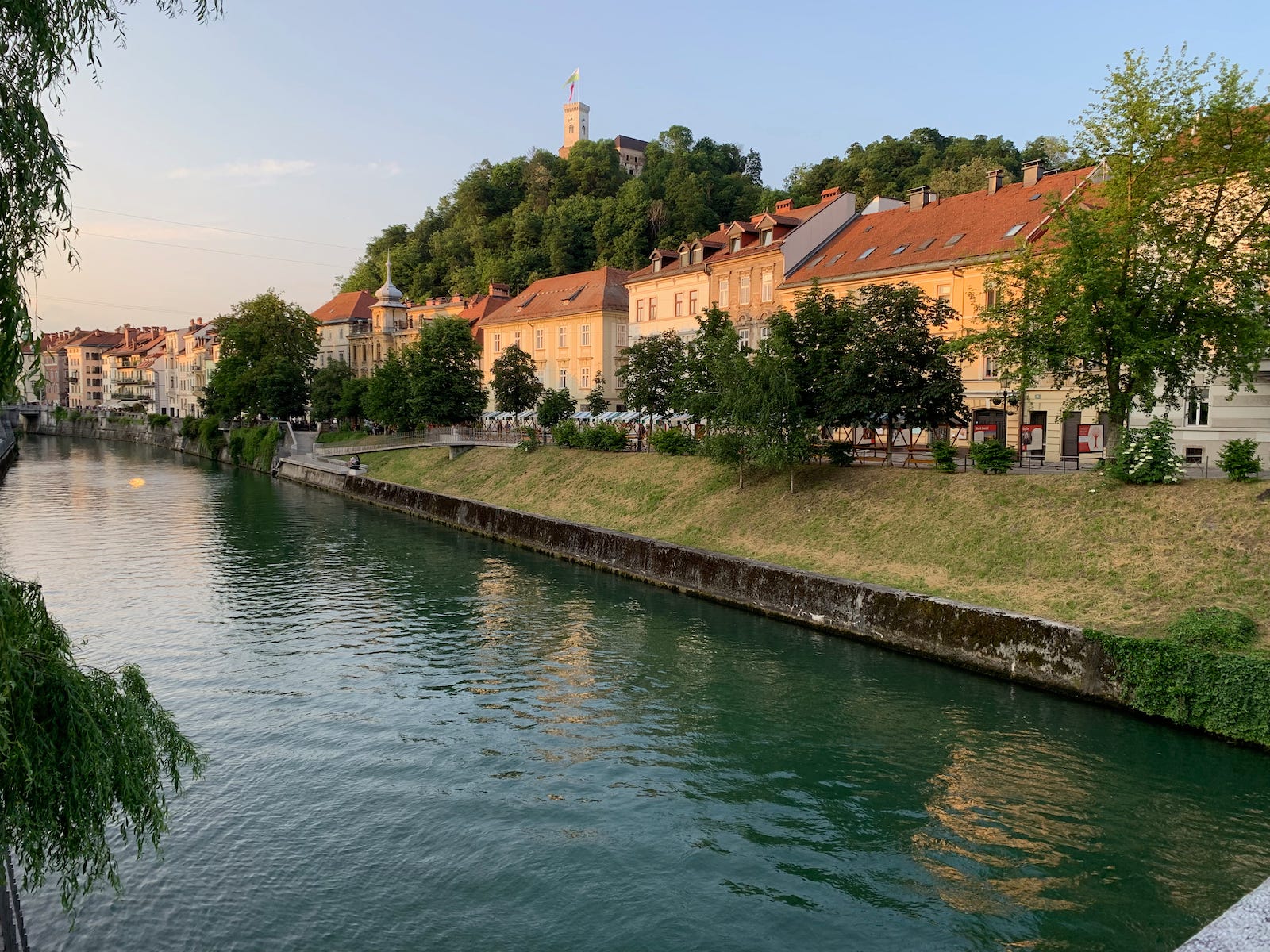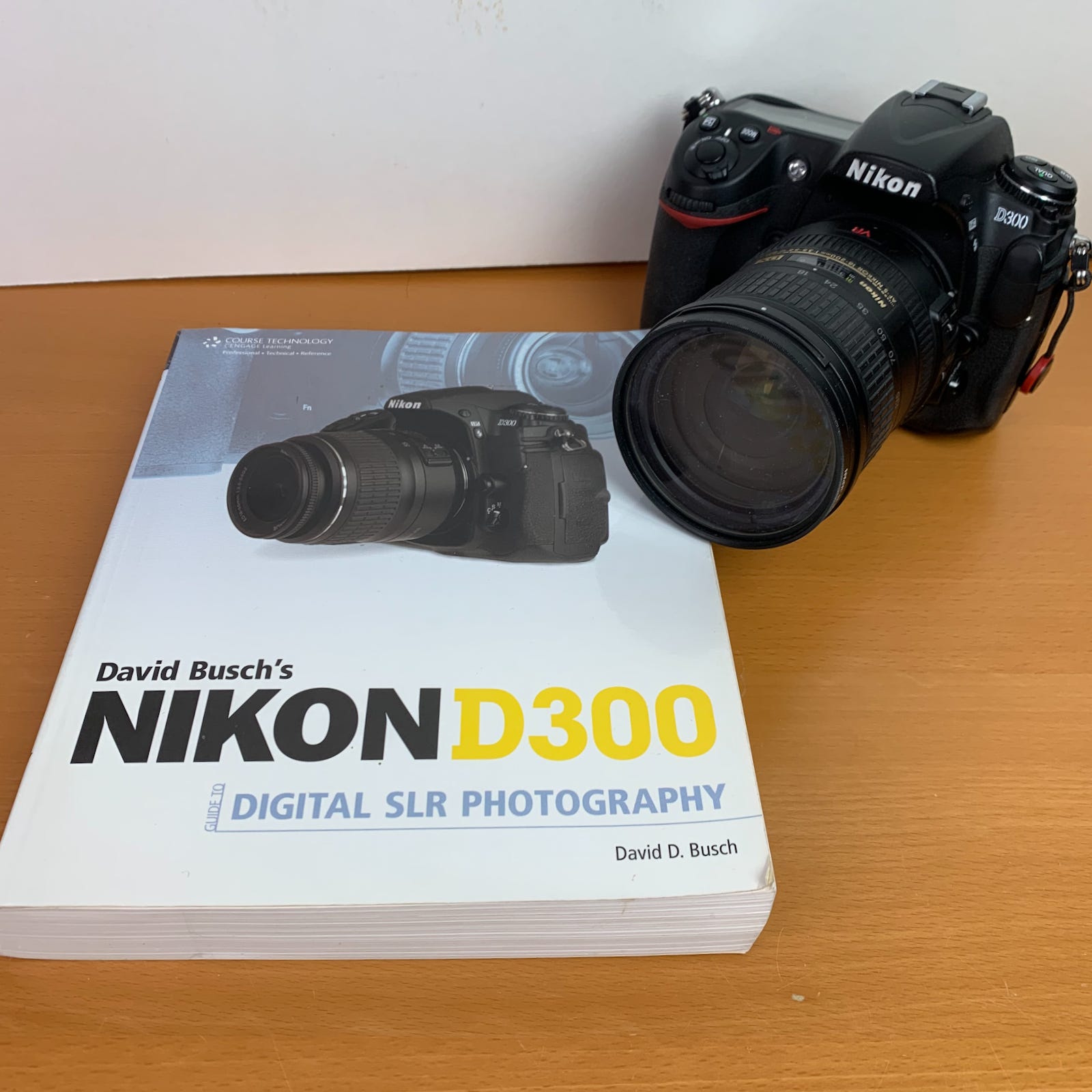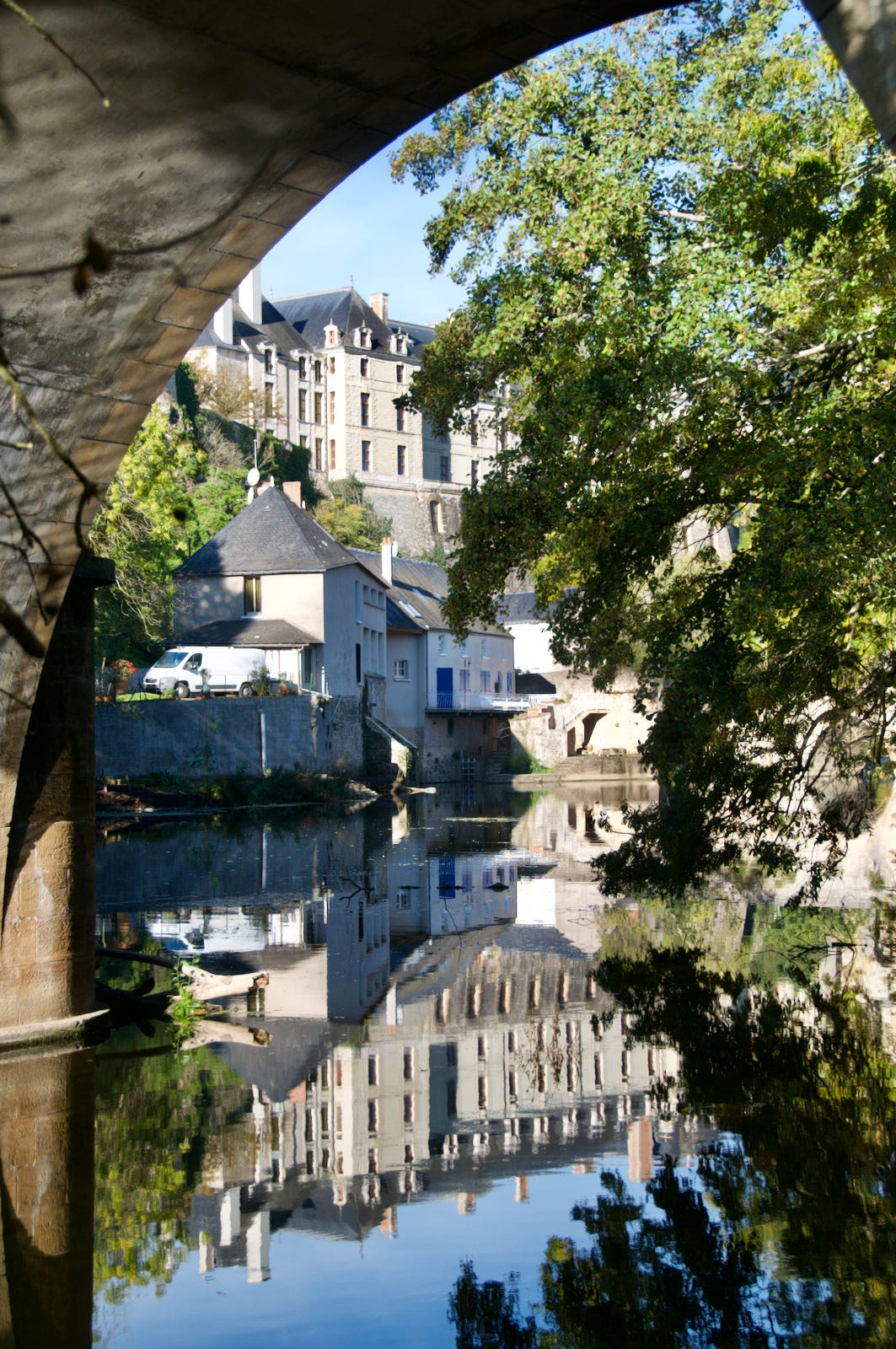We all have obsessions, be it new cameras, old digi-cams, or other items we ‘just like’. Bags of one sort or another can become an obsession.
If you own more than one camera (and who doesn’t!) then I’m sure you have an equal number of camera bags to go with them…. or more!

Look after your camera bag, do the occasional maintenance on it and it will last for years, decades even!
I got back one of my first camera bags recently. I had passed it on to my son years ago, he stopped using it and had moved on to a Peak Design backpack of some type and my old camera bag sat collecting dust along with a Canon EOS600D he wasn’t using. He passed on to me the bag and the camera! Double Win!! (Centre bottom in the photo)
I had forgotten all about this bag, it was looking a little sorry for itself. But I emptied it out and went to work with a soft bush and the vacuum cleaner, then the soft bush and some upholstery cleaner and it came up looking quite respectable. Ready for another orbit of the globe!
Over the years I have moved to different brands of bags. I had a phase of using Lowepro bags and pouches in various sizes, I have quite a few of their bags. Some bought to be used as camera bags, a couple that I have used as a ‘man bag’ but occasionally as a travel bag or camera bag.
Camera bags make great general travel bags for your personal items, electronics etc. With a soft interior lining and dividers you can easily locate things inside your bag during your journey or at your destination. A quick scan of the bag lets you know if you have left something behind etc.
I still have and occasionally use a Lowepro Mini Trekker bag (Back left in the photo) from the late 1990’s. The only thing that has needed replacing is the elastics, which my wife did an excellent job of changing. It is a smallish backpack, but not too heavy when full and you are on your feet in a town or city for a number of hours. It fits in to most airline carry on limits too.
The different limits of different carriers is a major bug-bear of any traveller these days. There’s no one standard limit. There are size limits and weight limits.
That brings me to the largest camera bag in my collection! The Think Tank Photo Airport Commuter. (Back right in the photo) I bought this for our tour of USA and Canada in 2015, I was able to fit all my camera gear, laptop and iPad and all the cables and adaptors etc in to the one bag. Fully loaded though it was close to the carry on weight limit!
I’ve used this bag quite a bit on non-air flight trips, when going by car or train. It’s brilliant with a suitcase/holdall, I am fully prepared for anything. It can take a couple of camera bodies and a variety of lenses, a Macbook Pro plus a tablet and everything is stored neatly inside.
One of my favourite bags for photo walks is my Lowepro Orion AW (Top centre in the photo). It’s a two part bag, the main camera bag and also a rucksack add-on. I tend to just use the camera bag on its own. It will take a full size DSLR with battery grip and some extra gear as well. With the waist strap taking some of the load, it is not so bad on the shoulders. With the top hinging away from your body you can easily access the inside of the bag to do a quick lens swap.
Smaller bags also have their place in anyones collection. I have a couple of Lowepro Nova bags (Front left and right in the photo), they can take a camera, lens, spare lens and some batteries etc. They a compact, but still nicely padded inside to protect your gear and have a generous size shoulder strap.
Choosing a camera bag is a very personal thing, it will depend on how much you need to carry with you. I like having a range of sizes to choose from. I hate having a bag that is way too big. Having one that is the right size for what I’m carrying is just perfect.
What is your favourite camera bag? Please comment below.
Thank you once again for joining me.





